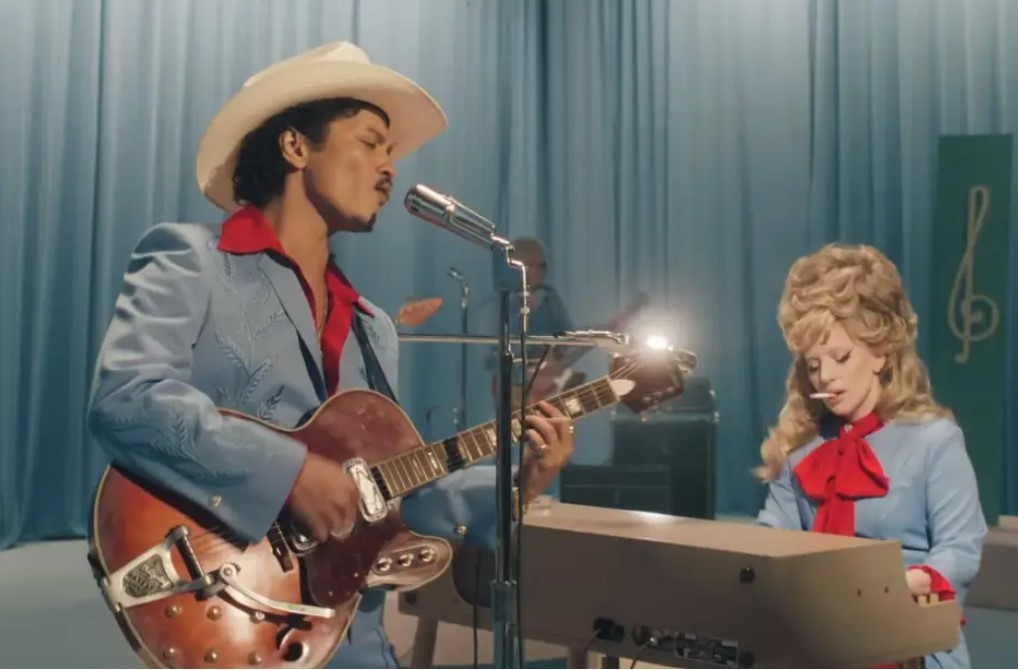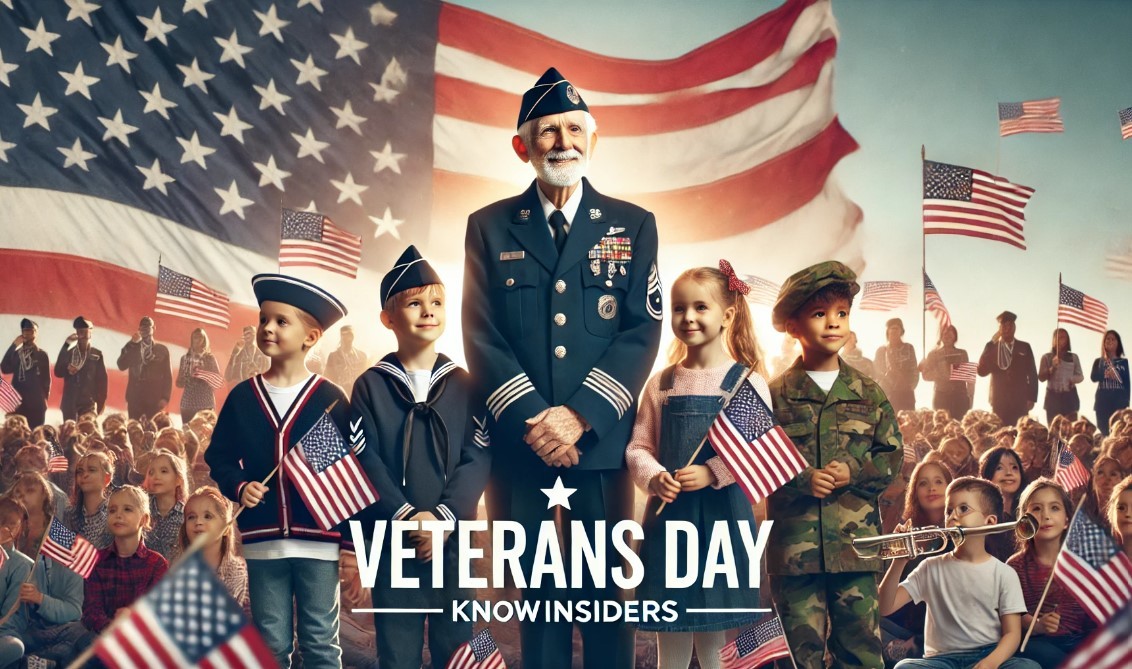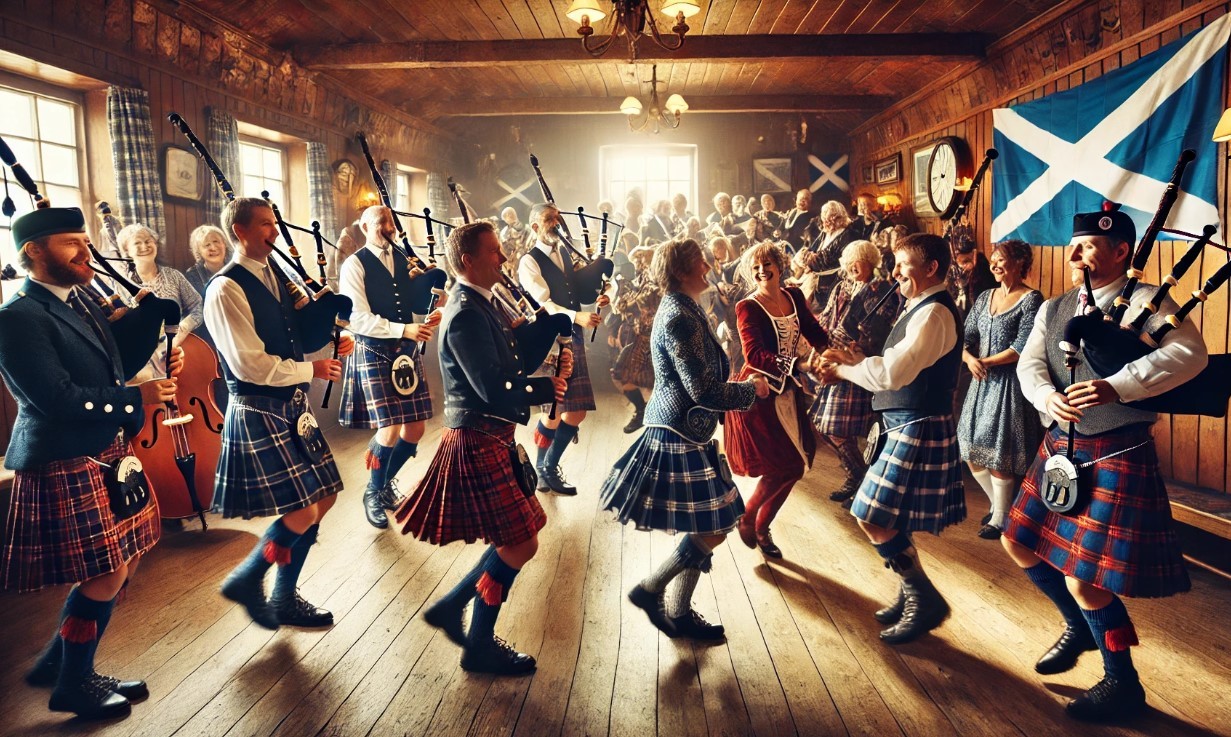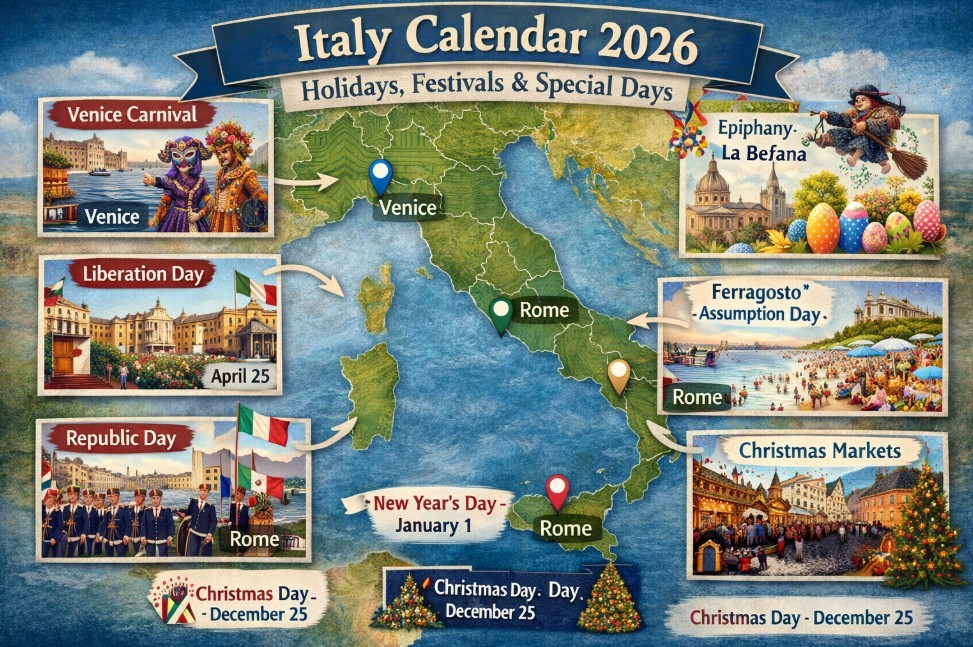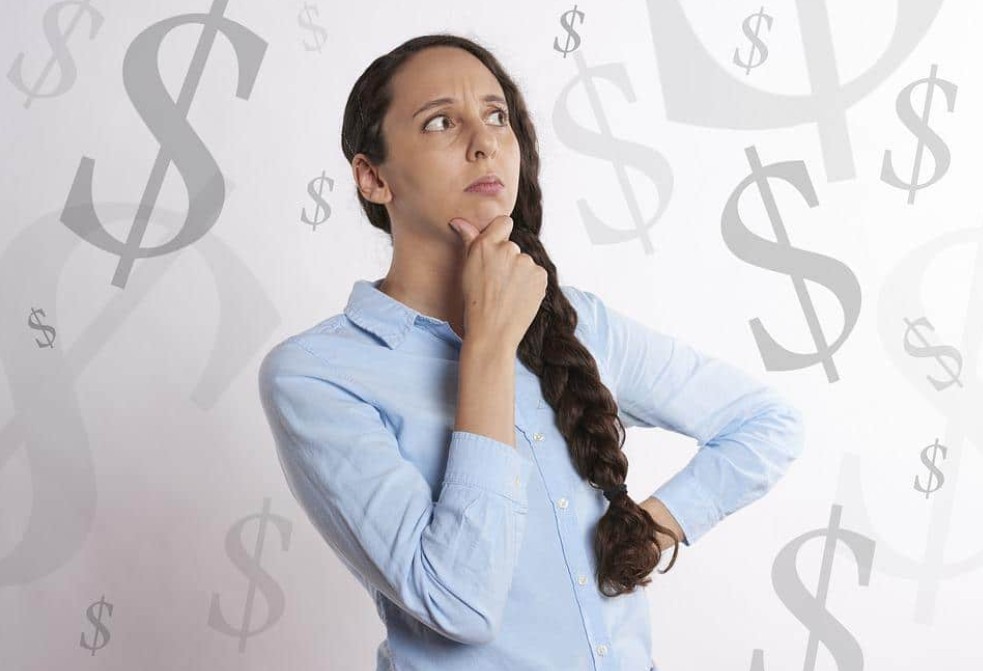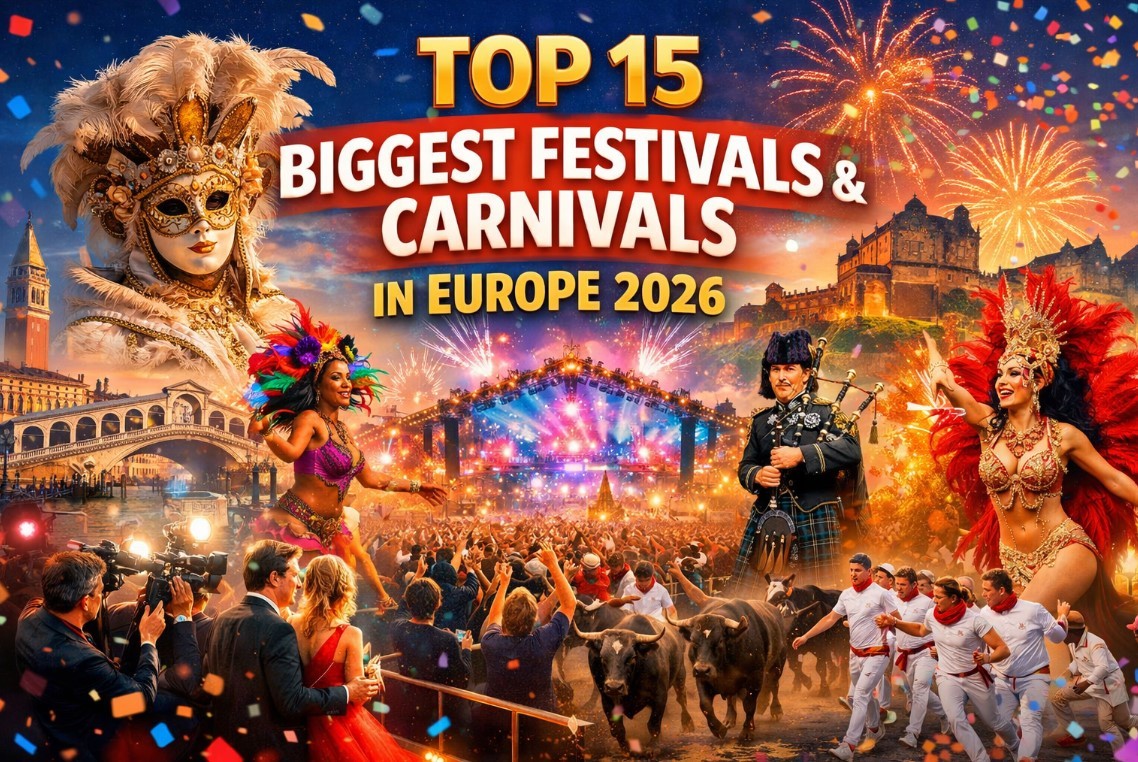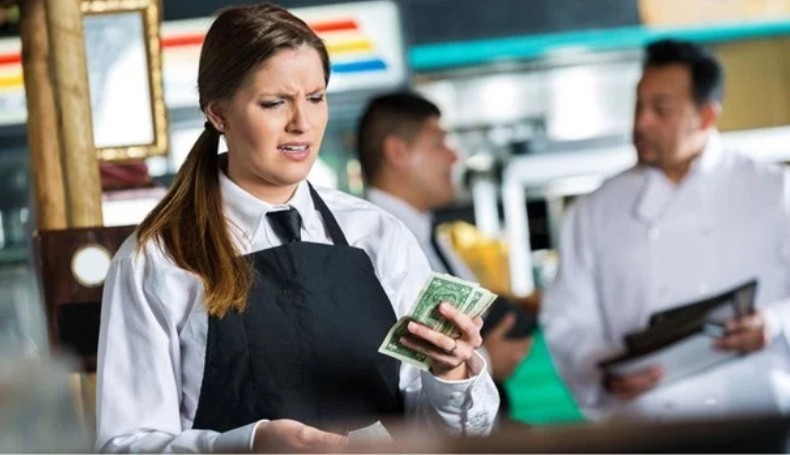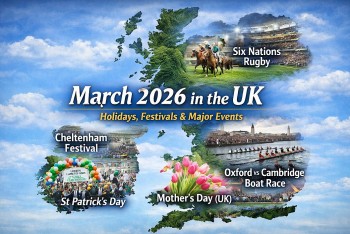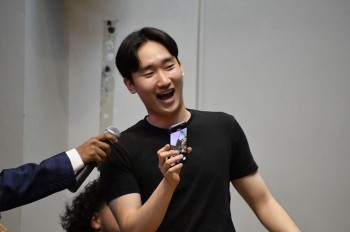What is the Origin & Meaning of Halloween?
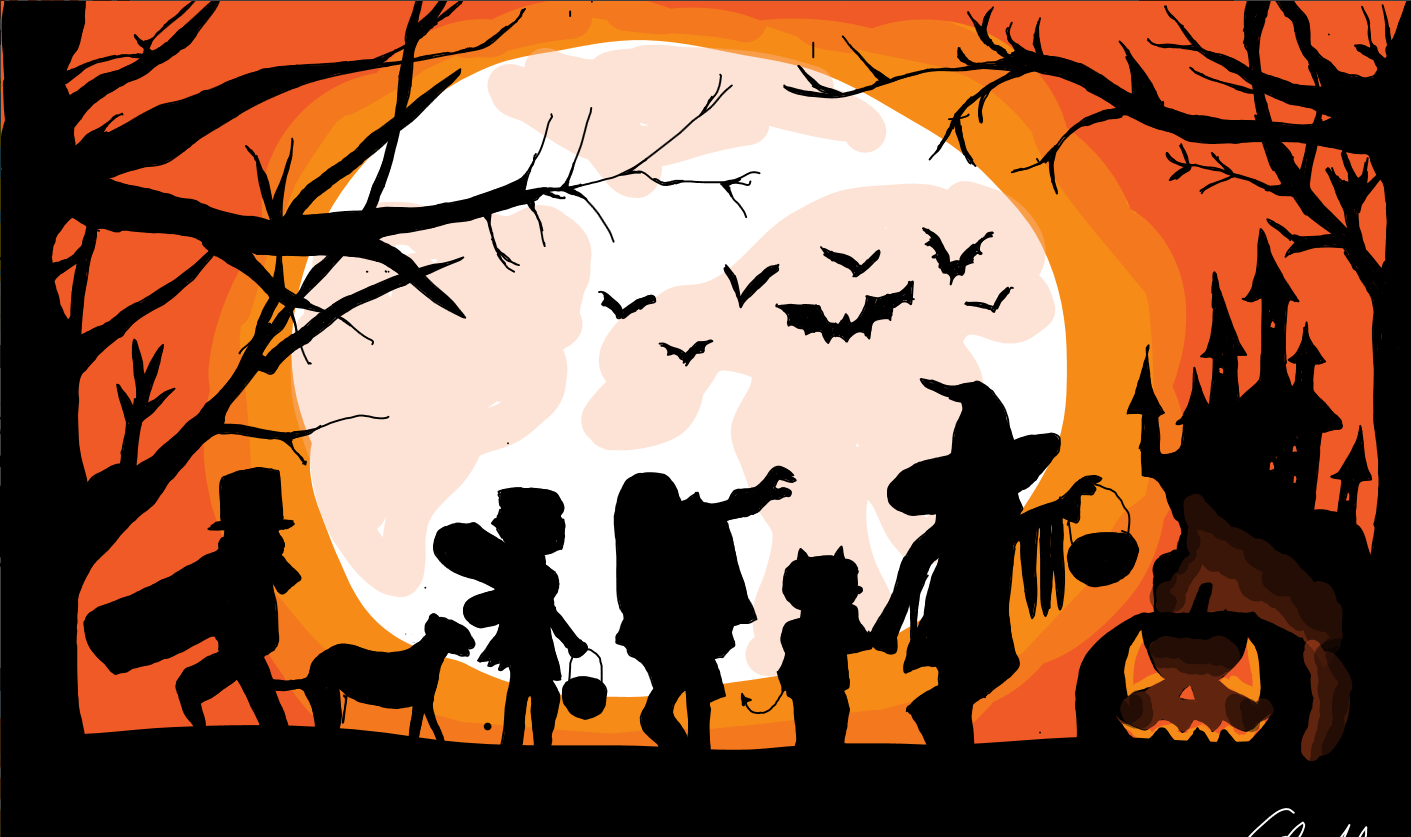 |
| Halloween. Photo: Khách sạn |
At long last, Halloween has finally arrived! From brainstorming spooky costumes to trying out pumpkin carving ideas with our kids, eating unfathomable amounts of Halloween treats, candy, and chocolate and indulging in everything pumpkin-spice-flavored, there's so much to anticipate during this frightfully fun October holiday.
No matter how old you are or how many times you've been around the block, the holiday simply never gets old. The littlest ones get a chance to dress up and go trick-or-treating, and parents have an excuse to sip on a boo-zy Halloween cocktail.
Which means the word Halloween?
What does Halloween mean? The meaning of the word Halloween (in Irish Hallow E'en), derives from the contracted form of All Hallows ’Eve, where Hallow is the Gaelic word meaning Holy. The correct translation in Italian of Halloween, therefore, is "the night before (Eve) of All Saints", then of November 1st, Ognissanti, translated into English with All Hallows' Day. Furthermore, the English word for digging is " to hollow ”and the act of digging is“ hollowing ”, a sound that follows the very word of Halloween and a symbolism linked to death.
What is the Origin & History of Halloween?
Halloween’s origin can be found in the ancient Celtic festival of Samhain (pronounced saw-en, meaning ‘end of summer’). For the Celts who celebrated their new year on November 1st, the day marked the end of the harvest and the beginning of winter, the end of light and the beginning of darkness, the end of life and the beginning of death. The Celtic priests, called Druids, made large bonfires on hilltops around which the people gathered and offered sacrifices of crops and animals to the Celtic gods as a thanksgiving offering for that years’ crops and as an appeal for favor in the new coming year. Some have speculated that there were also human sacrifices at these bonfires, but modern scholars believe this not to be the case. This was viewed as a very spiritual time and divination was practiced especially in the form of fortune-telling. It was widely believed that on this night young women especially can find whether they might marry in the coming year and even the identity of their future spouse.
It is also believed that on the eve of Samhain the line between the living and the dead became thin and the spirits of the Otherworld were allowed to roam the earth during this day, both spirits of departed loved ones during the previous year as well as evil spirits of ghouls and fairies looking to cause mischief and damage. The Celts, hoping for a visit from their departed loved ones, would set a place at the table for them and prepare a feast. They also set treats outside their house for the wandering spirits. To ward off evil spirits from their households, the Celts were known to set carved pumpkins (or turnips) in front of their doors. If they went out at night they wore costumes so that if they encountered an evil spirit they would be mistaken for an evil spirit themselves and thus be protected from evil and trouble.
Why Do We Celebrate Halloween on October 31?Halloween falls on October 31 because the ancient Gaelic festival of Samhain, considered the earliest known root of Halloween, occurred on this day. It marked a pivotal time of year when seasons changed, but more importantly, observers also believed the boundary between this world and the next became especially thin at this time, enabling them to connect with the dead. This belief is shared by some other cultures; a similar idea is mentioned around the Jewish holiday of Yom Kippur, which also typically occurs in October and involves saying prayers for the dead. This is also where Halloween gains its "haunted" connotations. |
The Origin of All Saints Day
May 13, 609 A.D., Pope Boniface IV dedicated the Pantheon in Rome in honor of all Christian martyrs, and the Catholic feast of All Martyrs Day was established in the Western church. Pope Gregory III later expanded the festival to include all saints as well as all martyrs, and moved the observance from May 13 to November 1.
By the 9th century, the influence of Christianity had spread into Celtic lands, where it gradually blended with and supplanted older Celtic rites. In 1000 A.D., the church made November 2 All Souls’ Day, a day to honor the dead. It’s widely believed today that the church was attempting to replace the Celtic festival of the dead with a related, church-sanctioned holiday.
All Souls’ Day was celebrated similarly to Samhain, with big bonfires, parades and dressing up in costumes as saints, angels and devils. The All Saints’ Day celebration was also called All-hallows or All-hallowmas (from Middle English Alholowmesse meaning All Saints’ Day) and the night before it, the traditional night of Samhain in the Celtic religion, began to be called All-Hallows Eve and, eventually, Halloween.
Meaning of Halloween: why the scary masks
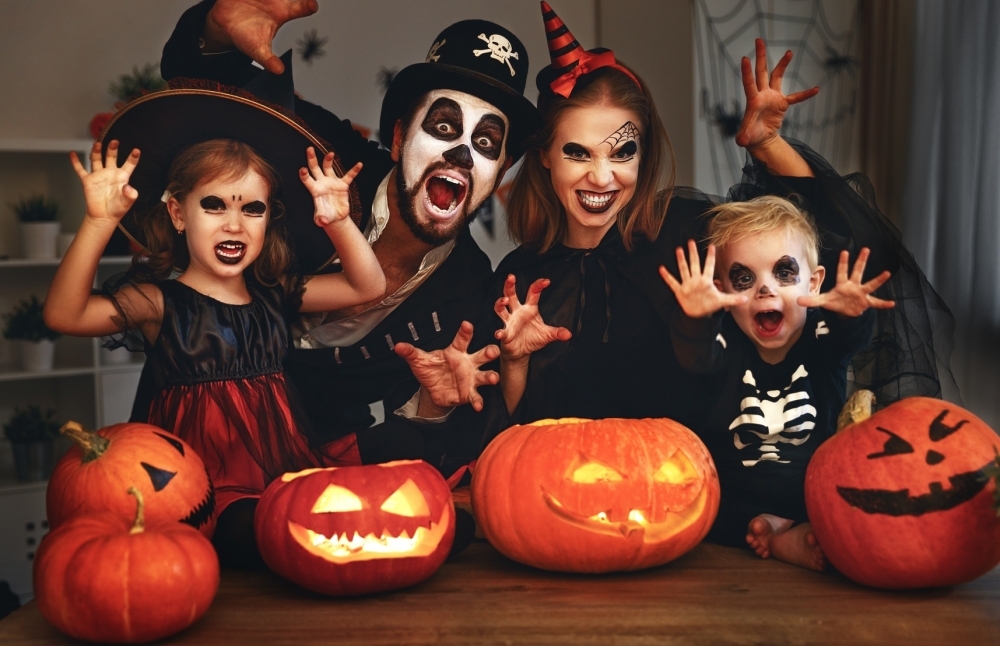 |
| Photo: Thời Đại |
The Celts believed that on the eve of each new year, October 31, precisely, the Samhain called to himself all the spirits of the dead and that the forces of the spirits could join with the world of the living. A night of temporary fusion of the laws of time and space, ensuring that the afterlife merges with the world of the living and allowing wandering spirits to wander undisturbed on Earth.
It was therefore a celebration that exorcised the fear of death and the spirits with the vitality of the celebrations for the end of the old year. During the night of October 31 rallies were held for the ceremony of lighting the Sacred Fire and animal sacrifices were being performed. On this occasion, the Celts wore grotesque masks made with the skins of animals killed to frighten the spirits.
The day of Halloween has changed over the years and especially in the twentieth century in a custom very influenced by American traditions and which has since spread to many countries around the world. Here is the meaning of the Halloween party. Have you already found the scariest costume of the year?
History of Trick-or-Treating
Borrowing from European traditions, Americans began to dress up in costumes and go house to house asking for food or money, a practice that eventually became today’s “trick-or-treat” tradition. Young women believed that on Halloween they could divine the name or appearance of their future husband by doing tricks with yarn, apple parings or mirrors.
In the late 1800s, there was a move in America to mold Halloween into a holiday more about community and neighborly get-togethers than about ghosts, pranks and witchcraft. At the turn of the century, Halloween parties for both children and adults became the most common way to celebrate the day. Parties focused on games, foods of the season and festive costumes.
Parents were encouraged by newspapers and community leaders to take anything “frightening” or “grotesque” out of Halloween celebrations. Because of these efforts, Halloween lost most of its superstitious and religious overtones by the beginning of the twentieth century.
Halloween MoviesSpeaking of commercial success, scary Halloween movies have a long history of being box office hits. Classic Halloween movies include the “Halloween” franchise, based on the 1978 original film directed by John Carpenter and starring Donald Pleasance, Nick Castle, Jamie Lee Curtis and Tony Moran. In “Halloween,” a young boy named Michael Myers murders his 17-year-old sister and is committed to jail, only to escape as a teen on Halloween night and seek out his old home, and a new target. A direct sequel to the original "Halloween" was released in 2018, starring Jamie Lee Curtis and Nick Castle. A sequel to that—"Halloween Kills," the twelfth film in the "Halloween" franchise overall—was released in 2021. Considered a classic horror film down to its spooky soundtrack, "Halloween" inspired other iconic “slasher films” like “Scream,” “Nightmare on Elm Street” and “Friday the 13.” More family-friendly Halloween movies include “Hocus Pocus,” “The Nightmare Before Christmas,” “Beetlejuice” and “It’s the Great Pumpkin, Charlie Brown.” |
Halloween Matchmaking and Lesser-Known Rituals
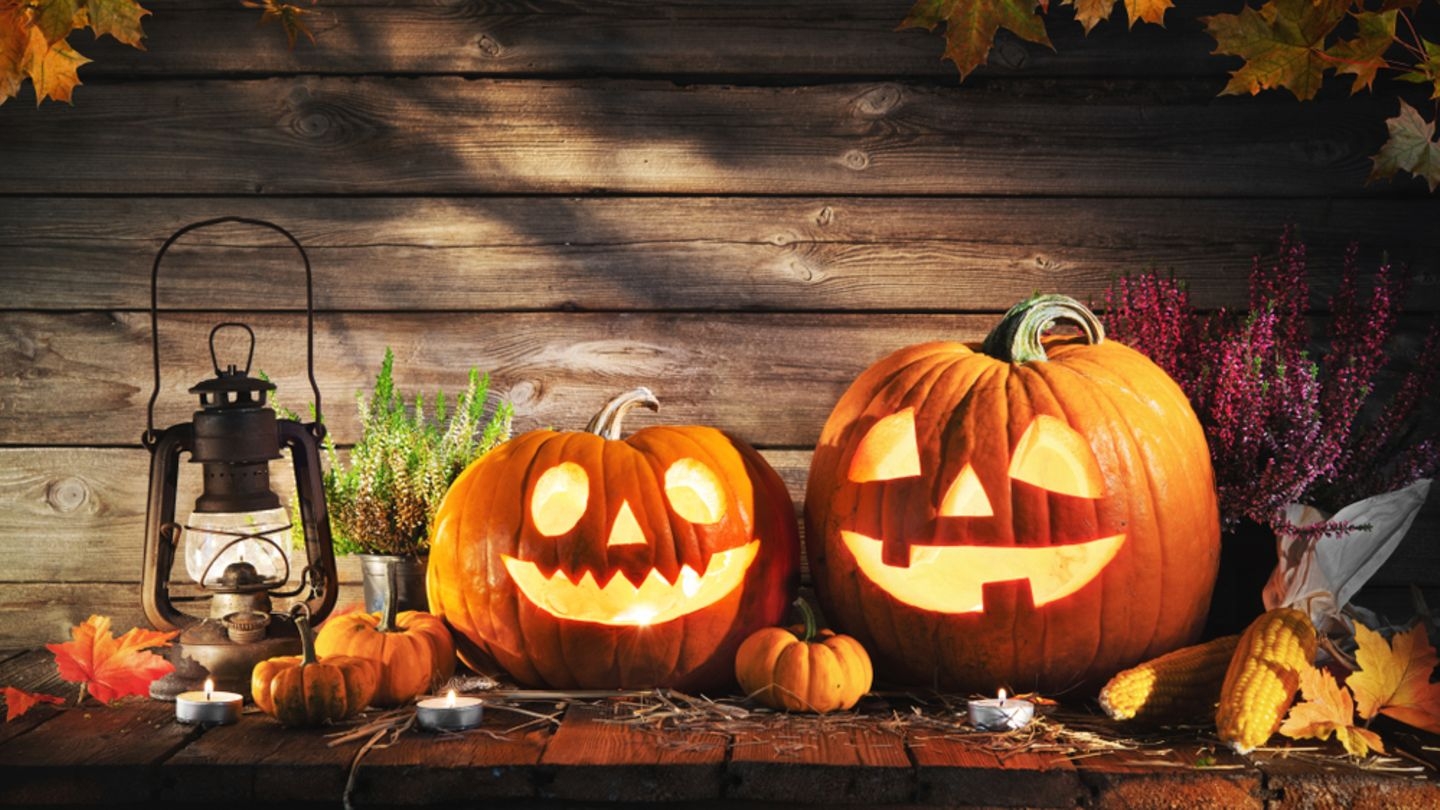 |
| Halloween. Photo: The Latest News - Healthy life, beauty, family and actual articles |
But what about the Halloween traditions and beliefs that today’s trick-or-treaters have forgotten all about? Many of these obsolete rituals focused on the future instead of the past and the living instead of the dead.
In particular, many had to do with helping young women identify their future husbands and reassuring them that they would someday—with luck, by next Halloween—be married. In 18th-century Ireland, a matchmaking cook might bury a ring in her mashed potatoes on Halloween night, hoping to bring true love to the diner who found it.
In Scotland, fortune-tellers recommended that an eligible young woman name a hazelnut for each of her suitors and then toss the nuts into the fireplace. The nut that burned to ashes rather than popping or exploding, the story went, represented the girl’s future husband. (In some versions of this legend, the opposite was true: The nut that burned away symbolized a love that would not last.)
Another tale had it that if a young woman ate a sugary concoction made out of walnuts, hazelnuts and nutmeg before bed on Halloween night she would dream about her future husband.
Young women tossed apple-peels over their shoulders, hoping that the peels would fall on the floor in the shape of their future husbands’ initials; tried to learn about their futures by peering at egg yolks floating in a bowl of water and stood in front of mirrors in darkened rooms, holding candles and looking over their shoulders for their husbands’ faces.
Other rituals were more competitive. At some Halloween parties, the first guest to find a burr on a chestnut-hunt would be the first to marry. At others, the first successful apple-bobber would be the first down the aisle.
Meaning of Halloween Symbols
 |
| Halloween. Photo: Put Another Way, LLC |
Halloween Bats:
A common practice among our ancestors at the time of summer’s end (Samhain, Oct. 31) was to build tremendously brilliant bonfires. These fires would blaze the night for many reasons: Warding off maladjusted energies, soften the chill in the air, prepare harvest feasts, mark the occasion with a powerful solar symbol, etc.
Anyone who has lit their own campfire knows the light magnetizes all manner of insects. In turn, their natural predators will also come to the flame looking for an easy insect meal. And so, bats were a common sight at Halloween-time festivities. By association, bats are viewed to be connected with this holiday’s theme of magic and a time of passing from one phase of life to another (both in the timeline of human life and seasonal cycles).
Halloween Black Cats:
Mysterious, precocious, sleuthy, and seemingly able to stalk the darkest nights without aid of light – the cat has long been considered to be closely linked with otherworldly concepts. Indeed, many practitioners of energetic communication welcomed the company of felines as it was understood these creatures could serve as a facilitator to opening otherworldy doors.
Black is a common color of mystery and the unknown. Black is also considered to be an absorbing element – taking on off-kilter energies and transforming them into purer frequencies. When we view the meaning of Halloween symbols based on the understanding it is a time of transitions – the black cat becomes a suitable totem for the celebration. The black cat augers our connection with the intangible, and serves as a bridge from the mundane to the magical.
Halloween Symbol of the Jack-O-Lanterns:
Originally, they were turnips hollowed out and equipped with candles to light the way of “guisers” and beggars roaming about on All Hallow’s Eve for a bite to eat or rousting neighbors door-to-door for a donation to their cause.
With their mass migration to the United States after the potato famine, the clever Irish replaced their illuminated turnips for more accommodating pumpkins. Carved in various grotesques and ghoulish faces; maladjusted spirits are kept at bay or frightened away entirely by the sight of these luminous lamps. Various legends speak of the name Jack. Most popularly is the persona of Jack as a weather sprite (Jack-in-the-Green, or Jack Frost). Undeniably, this Halloween symbol welcomes the oncoming winter season while simultaneously lighting the night.
Halloween Skeletons:
Continuing in the knowledge that Halloween is a time to honor the memories of those who no longer share the physical stage of life with us, the skeleton is a symbolic (and physical) reminder of the remnants of life. Skulls in particular were considered by many ancient cultures (including the Druids of the Celts) to be the psychic seat of the human whole.
As such, skulls are powerful symbols invoking a heightened awareness of our psychic potential. Incorporated during this powerful time of year doubles their profound symbolic purposes. The skeleton is almost always featured on the Major Arcana Death card; peering into its meaning may offer more enlightenment on these intriguing concepts.
Halloween Owls:
Following the same fashion as Halloween bats (see first entry), owls were commonly seen around Samhain bonfires lit in honor of the night of transitions. Furthermore, owls have long been symbols of wisdom of an esoteric (hidden) nature. This time of year held much mystery for our ancestors.
With questions such as: “Will we survive the coming winter?”, “Are the spirits of our transitioned clansmen and women at peace?” it took wise auguries to identify subtle communications to answer these questions. Due to their status as wise creatures, and their long-standing association to the spirit side of life, (and their common appears at bonfires) it made sense to hold owls sacred to this time of year. It took the keen perception of a good witch to understand the language of the owls to answer clan questions. Thus, considering the time of year, this is one reason these two are commonly seen together as a Halloween symbol.
Halloween Spiders
Much like the bat, cat, and the owl – spiders (as Halloween symbols and otherwise) are creatures considered to be endowed with supernatural qualities which make them harbingers of mystic energy. Witches often invite the spider into their homes and practices as a method of enhancing understanding of energetic patterns.
Why are they so mystical? Predominantly because of their ability to weave webs, which has long been symbolic of time, fate, progress and the representation of the human journey (on both physical and philosophical levels). Also, the spider boasts eight legs, and the number eight is symbolic of cycles which would make the spider’s presence during this time of year (symbolic of the transition between summer to winter) quite fitting.
Halloween Witch:
Witches and Halloween are perfect pairs as Oct. 31 is a time most advantageous to tap into supernatural perspectives. This time of year is situated in the crevasse of transition in both constellational, and seasonal aspects. It’s a time when the Veil between mundane and magical are quite thin and energies tend to take on more revealing forms.
As witches are devoted to utilizing, interpreting, magnifying, and manipulating unseen energies – their presence upon the cultural stage of this time of year is only common sense. Witches are gifted at energetic interpretations; and in ancient times their talents, perspectives and expertise would be called upon during this time of year for help in understanding messages from the non-physical side of life as well as forecasts for seasons ahead (long before the Farmer’s Almanac, there were soothsayers.
How Halloween Is Celebrated Today
 |
| Halloween. Photo: Tourism Victoria |
Halloween obviously remains a popular holiday in America today, but it actually almost didn't make it across the Atlantic. The Puritans were disapproving of the holiday's pagan roots, so they didn't take part in the celebrations. But once Irish and Scottish immigrants began to arrive in America in greater numbers, the holiday made its way back into the zeitgeist. The very first American colonial Halloween celebrations featured large public parties to commemorate the upcoming harvest, tell ghost stories, sing, and dance.
It's estimated that by the early 20th century, Halloween was celebrated across North America by the majority of (candy-loving, costume-wearing) people. And this year, once again, we'll all be enjoying our favorite candy and admiring our neighbors' decorations on October 31—and the only spooky spirits we'll be talking about are the witch and ghost costumes our friends are wearing.
How did Halloween reach America?It was only in the second half of the nineteenth century when America was flooded with Irish immigrants because of the Great Famine from 1845 to 1852 in Ireland that the popularity of Halloween spread and grew. Halloween had lost most of its spiritual and religious meaning by the early 20th Century because of the move in America to make the festival less scary and more about community spirit. In America, Halloween is now the second largest commercial celebration after Christmas, and Americans spend $6 billion on Halloween each year. |
For more interesting news of KnowInsiders, check out right below!
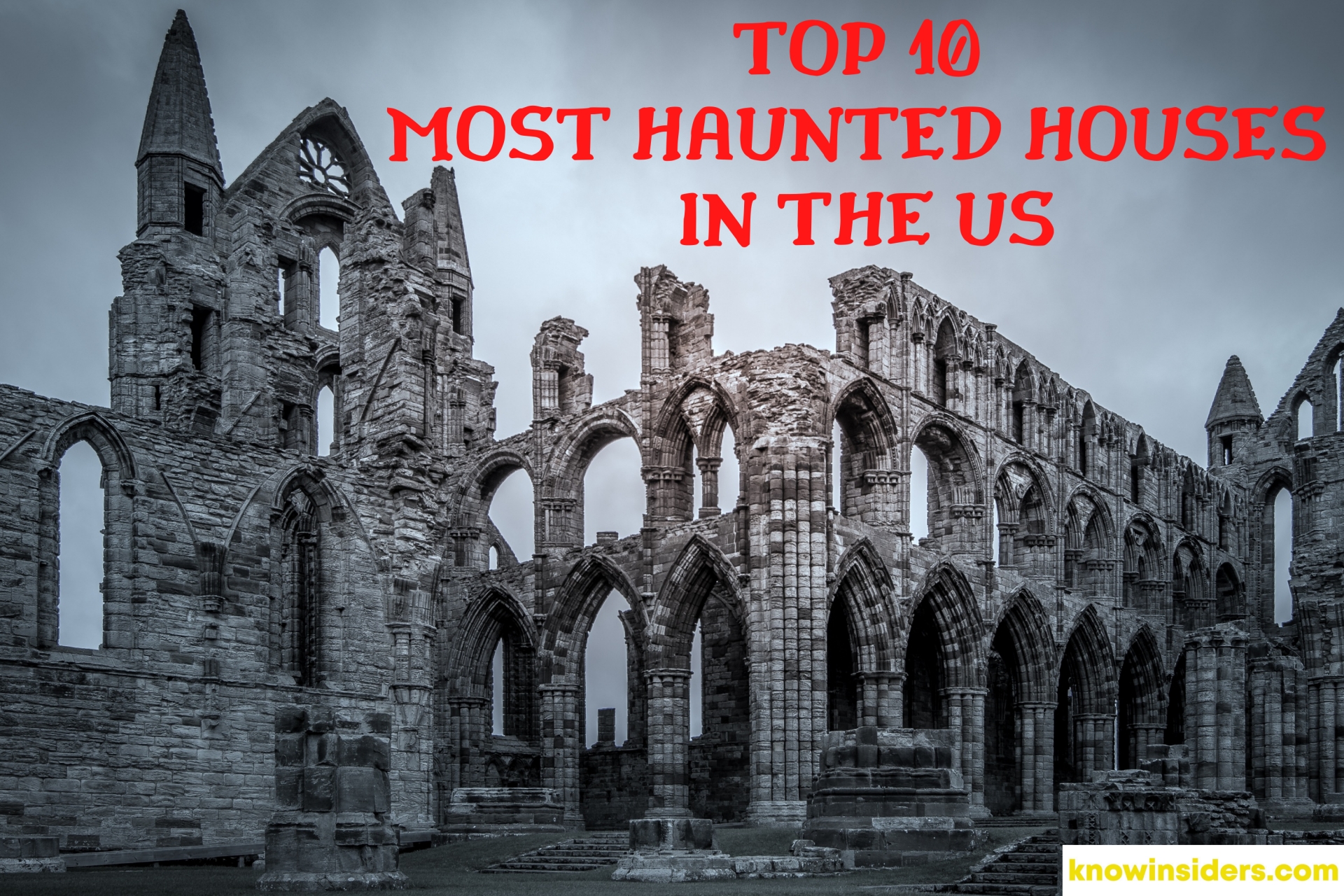 Top 10 Most Haunted Houses In The United States Top 10 Most Haunted Houses In The United States Are you curious to know what houses are the most haunted in the US? Travel and Leisure has suggested a list of top 10 most ... |
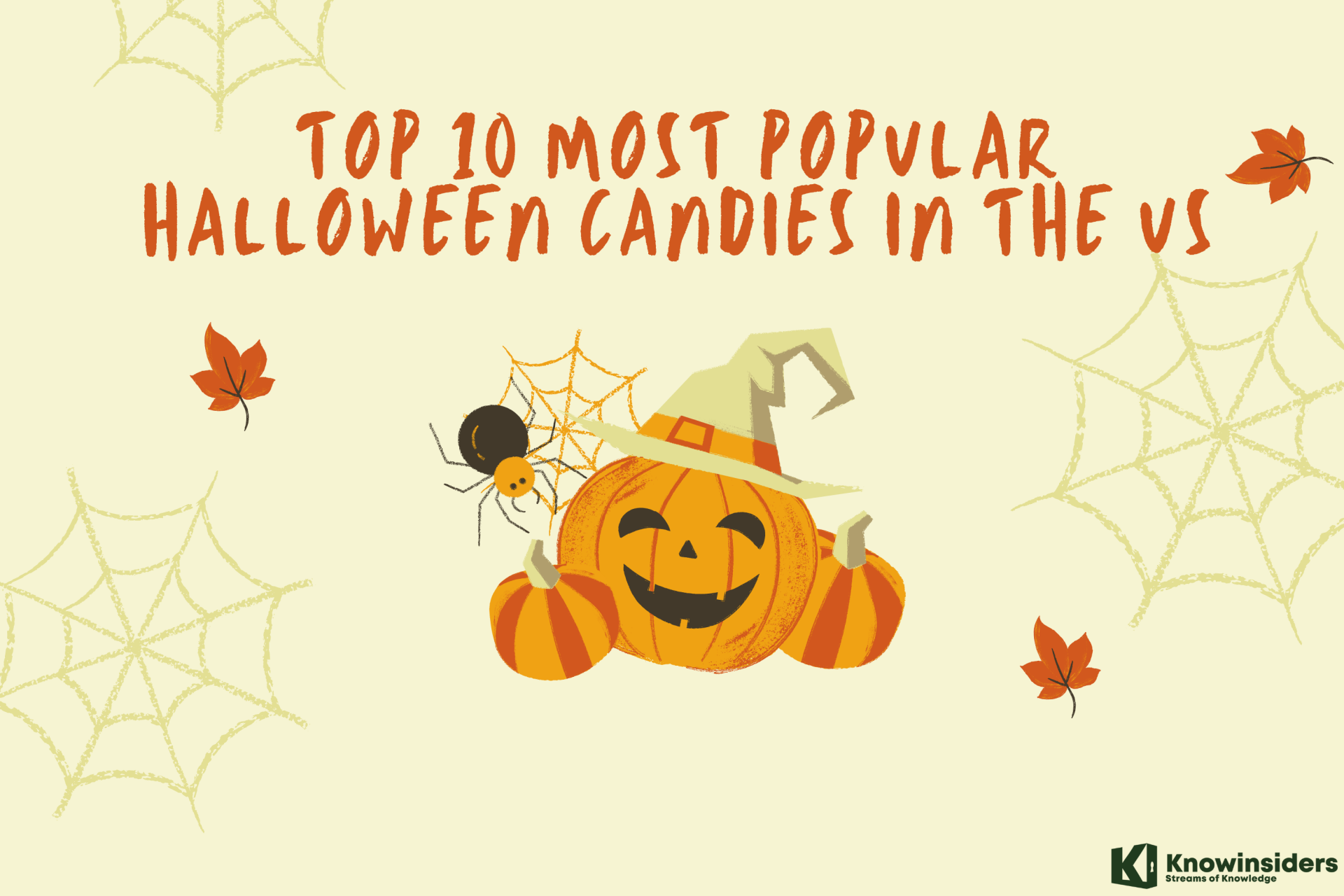 Top 10 Most Popular Halloween Candies In The US Top 10 Most Popular Halloween Candies In The US Halloween is around the corner. Every US state has a popular candy for trick and treat. Let's find out the list of most popular candies ... |
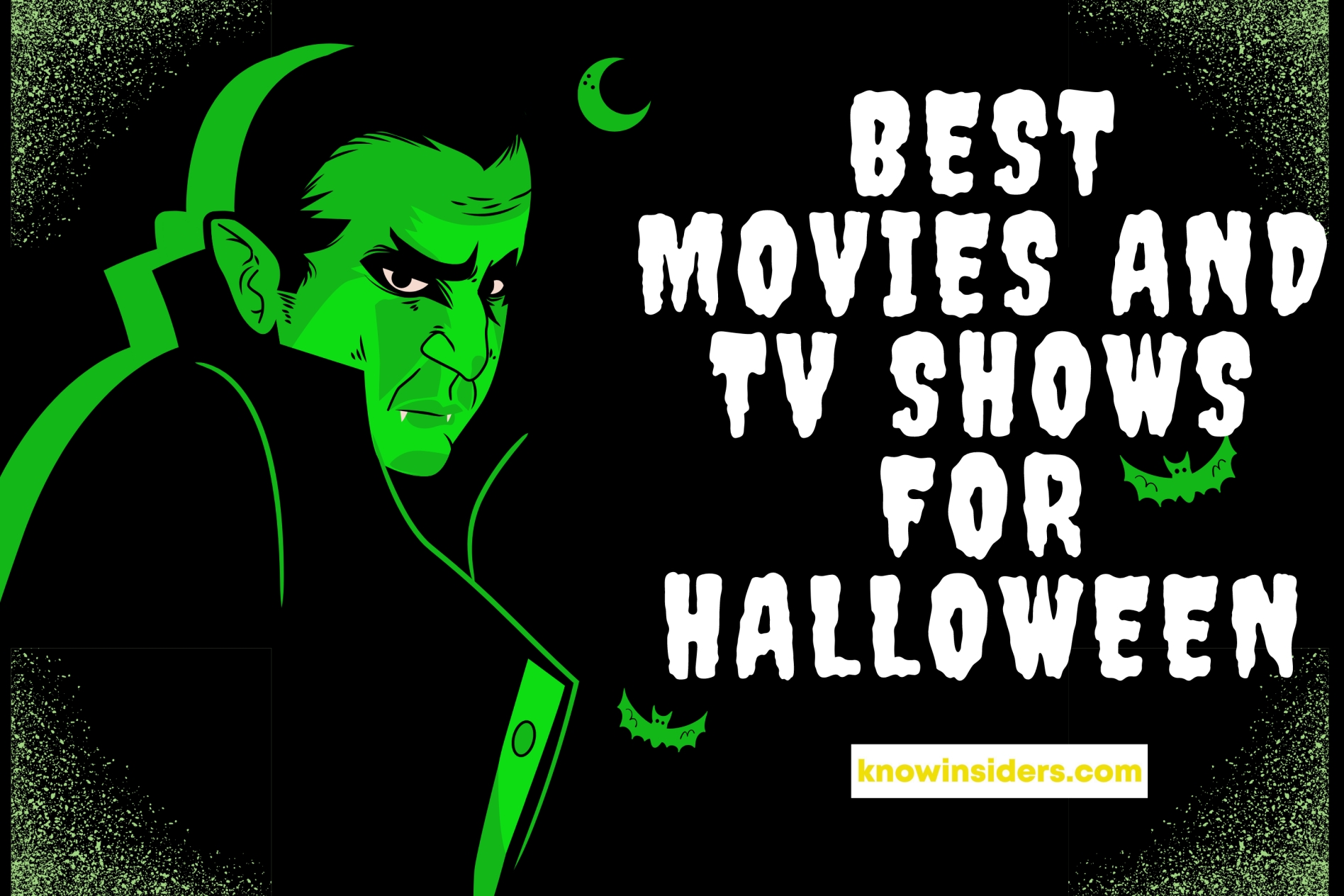 Top 50 Best Movies and TV Shows For Halloween Top 50 Best Movies and TV Shows For Halloween Get ready for a spooky Halloween season? Horror movies are a dispensable part of Halloween. Check out the list of 50 best horror movies for ... |

